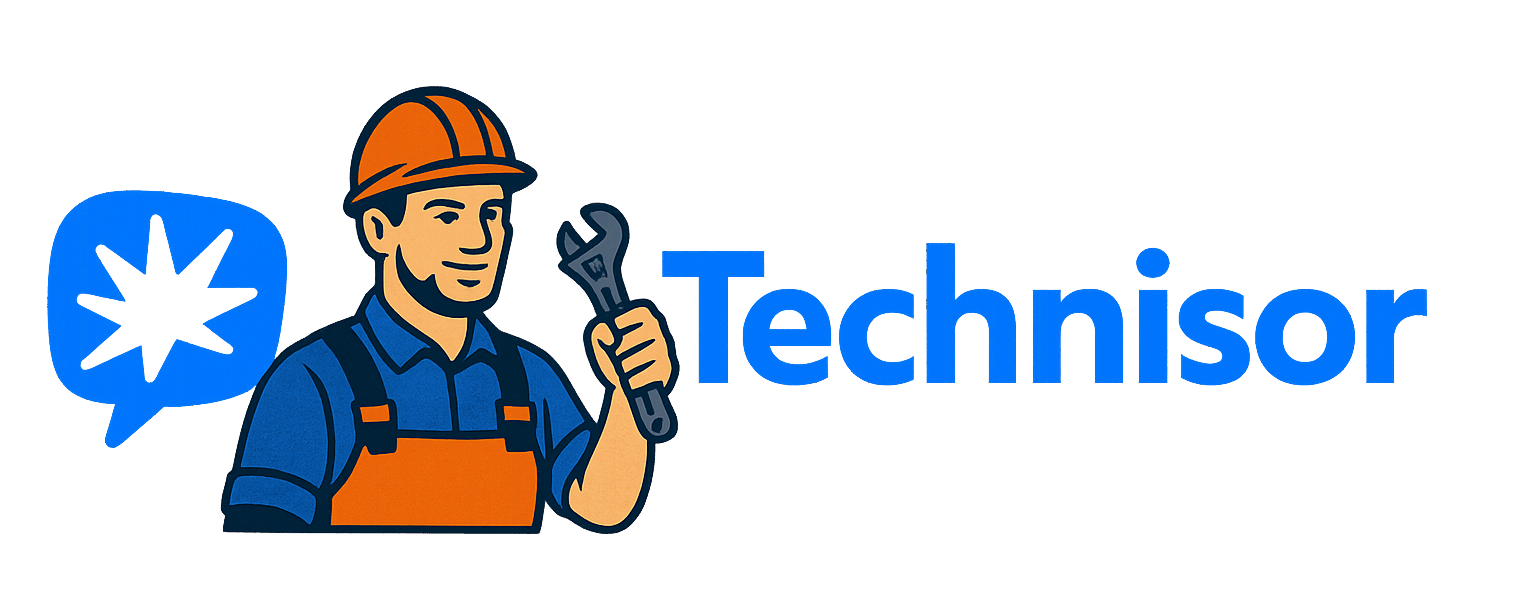How to get a loan from Canadian banks
Getting a loan from a Canadian bank is one of the safest and most reliable ways to borrow money.
Whether you’re planning to renovate your home, cover unexpected expenses, or consolidate debt, the country’s major banks offer flexible solutions with transparent terms, regulated by national consumer protection laws.
Here’s a clear guide to understanding how the process works — and how to increase your chances of getting approved.
🏦 Major Canadian Banks That Offer Personal Loans
Almost every major financial institution in Canada provides personal loans for different needs. Some of the most popular include:
- Royal Bank of Canada (RBC) – Personal loans starting from CA$5,000, fixed or variable rates, with no prepayment penalties.
- Scotiabank – Offers the Scotia Plan Loan with terms up to 5 years, available both secured and unsecured.
- CIBC – Provides flexible payment schedules and fast approval for personal loans starting at CA$3,000.
- Bank of Montreal (BMO) – Allows short-term deferment of payments twice per year.
- TD Canada Trust – Specialises in personal and car loans with competitive interest rates and online application tools.
All these banks are federally regulated and must follow the Financial Consumer Agency of Canada (FCAC) guidelines, ensuring transparency and fairness.
✅ Requirements and Eligibility
Each bank evaluates loan applications based on your creditworthiness and financial situation. Generally, you’ll need:
- Valid ID (driver’s licence, passport, or permanent resident card).
- Proof of income (recent pay stubs, employment letter, or tax returns if self-employed).
- Good credit history (typically a credit score of 660 or higher).
- Debt-to-income ratio within acceptable limits.
- Canadian residency and a bank account with the institution.
Banks may also check your employment stability and history of previous loans.
🧾 Step-by-Step: How to Apply for a Bank Loan
- Check your credit report – Review it through Equifax or TransUnion before applying.
- Choose your bank and loan type – Decide between secured (backed by an asset) or unsecured loans.
- Prepare your documents – Include ID, proof of income, and bank statements.
- Submit your application – Online or in person at your bank branch.
- Wait for assessment – The bank reviews your profile and makes an offer.
- Review the loan agreement – Check interest rate, repayment period, and any fees.
- Accept and receive funds – The money is typically deposited directly into your account.
Many banks offer instant online pre-approval, which helps you understand how much you may qualify for without impacting your credit score.
💡 Tips to Increase Approval Chances
- Maintain a good credit score: Pay bills and credit cards on time.
- Reduce existing debt: A lower debt ratio improves approval odds.
- Apply for a realistic amount: Asking for too much can trigger rejections.
- Add a co-signer: In some cases, a co-signer can boost your application strength.
- Show steady income: Even if self-employed, consistent deposits and tax filings prove reliability.
These steps show banks that you are a responsible borrower, increasing your credibility.
📉 Terms, Interest Rates, and Repayment
Interest rates on bank loans in Canada typically range from 7% to 13%, depending on your credit score, income, and loan type.
- Fixed-rate loans offer predictable payments for easier budgeting.
- Variable-rate loans may change as the Bank of Canada adjusts its prime rate.
Loan terms often range between 12 and 60 months, with flexible repayment options. Many banks allow early repayments without penalties, saving you on interest.
🛡️ Your Rights as a Borrower
All federally regulated banks in Canada must:
- Disclose all fees, interest, and terms in writing.
- Provide clear repayment schedules.
- Allow you to cancel within 2 business days of signing, without penalty (for most personal loans).
- Offer complaint resolution through the Financial Consumer Agency of Canada (FCAC).
If you ever feel misled, you can contact the FCAC directly at 1-866-461-FCAC (3222) or visit canada.ca/fcac.
🧠 Key Takeaways
Getting a loan from a Canadian bank means dealing with trusted institutions, clear rules, and stable interest rates.
The process may seem detailed, but with the right preparation — strong credit, steady income, and realistic borrowing goals — approval is well within reach.
Borrow smart, compare offers, and choose the bank that provides the most value for your financial goals.
❓ FAQ — Loans from Canadian Banks
1. Can I get a bank loan if I have bad credit?
Yes, but you may need a co-signer or collateral, and your interest rate could be higher.
2. What’s the minimum income required for a bank loan?
Most banks don’t set a fixed number, but they require proof of steady income sufficient to manage repayments.
3. Can I apply online for a bank loan?
Yes. Banks like RBC, TD, and Scotiabank allow secure online applications with instant pre-approval.
4. How long does bank loan approval take?
It can take a few minutes online or 1–3 business days for full verification.
5. Are bank loans better than private or payday loans?
Absolutely. Bank loans offer lower rates, longer terms, and legal protections that payday lenders do not.
